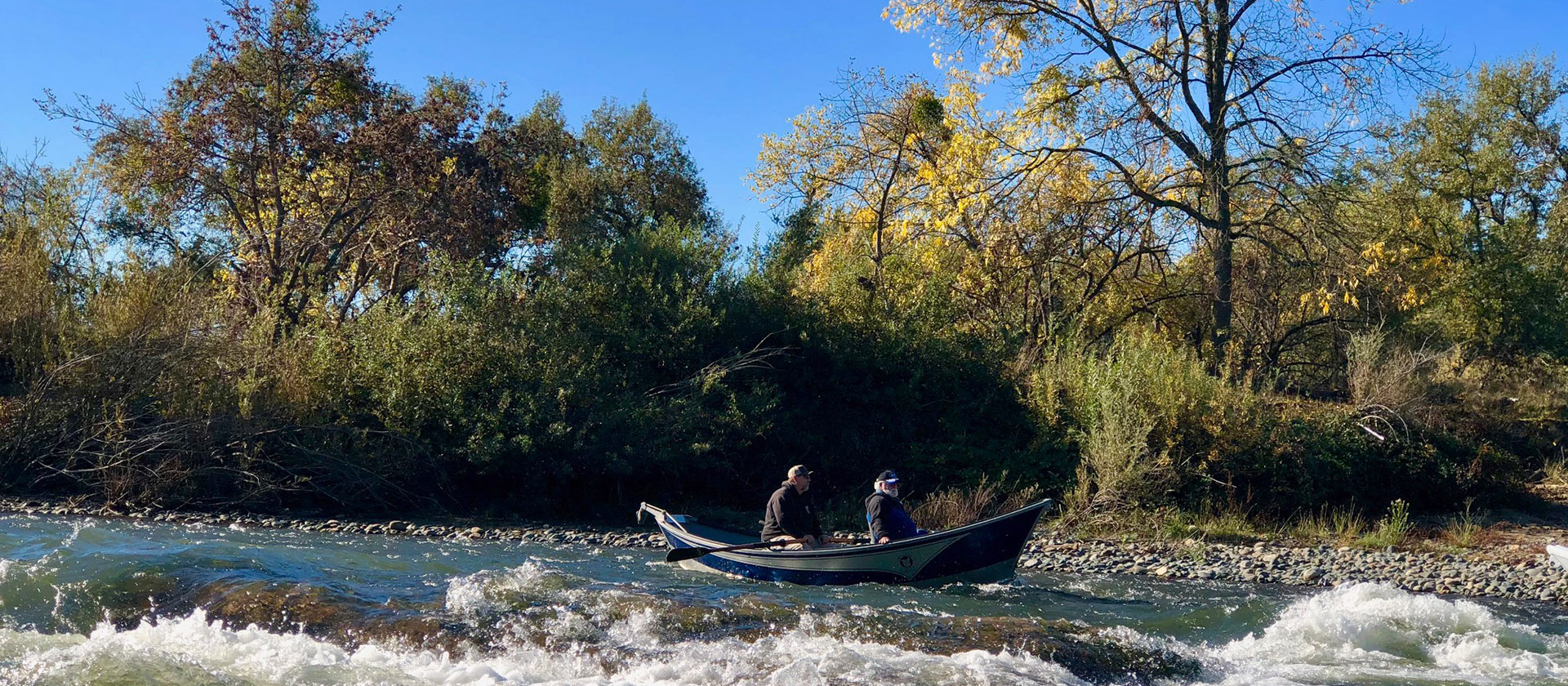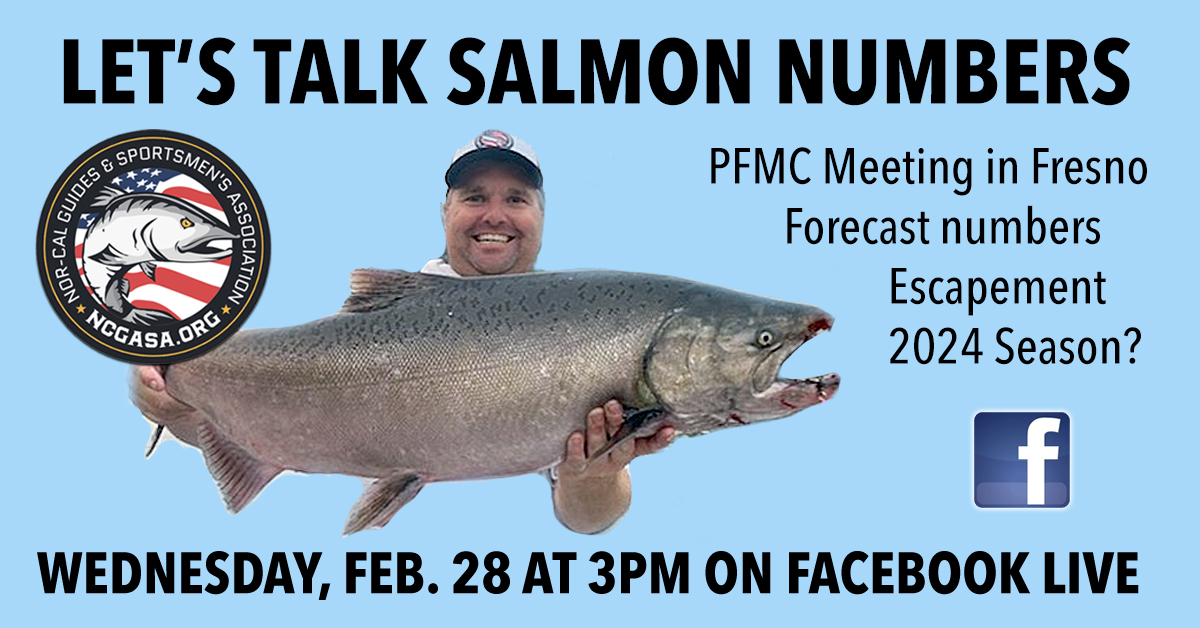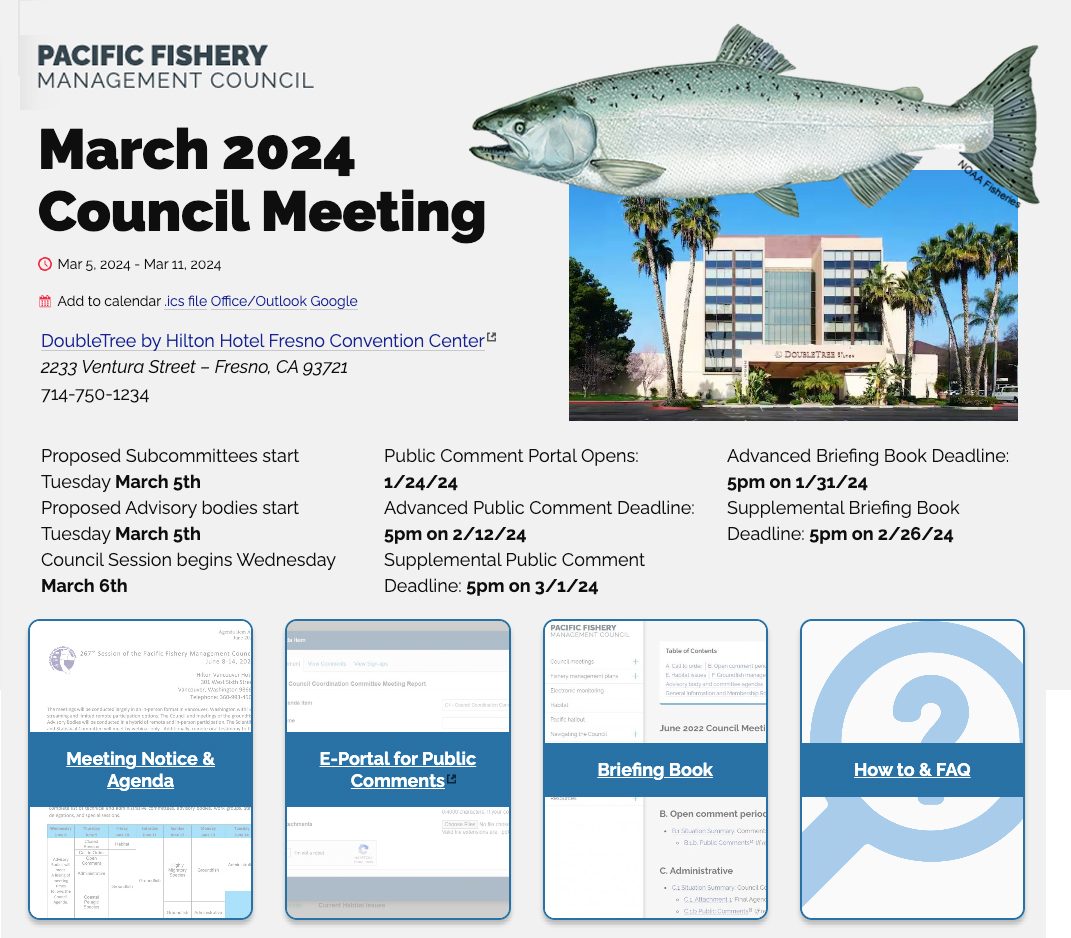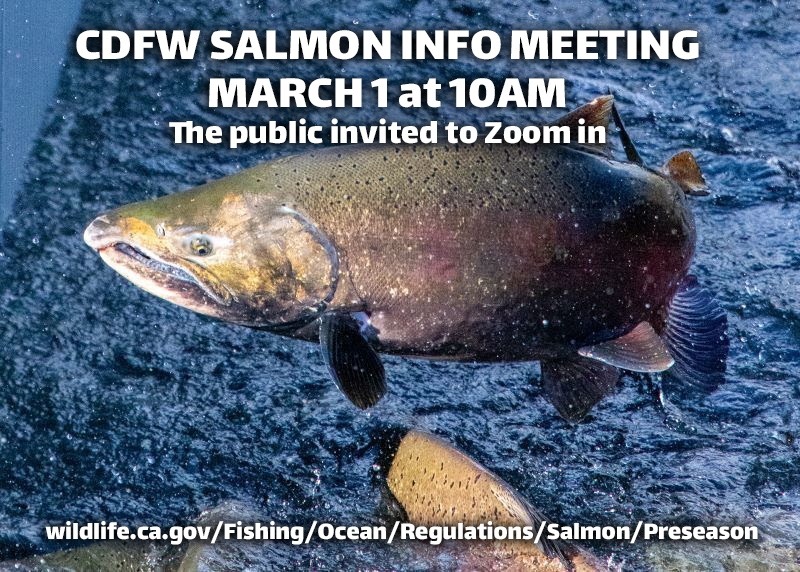CDFW answer to boat limit petition
State of California Department of Fish and Wildlife
M e m o r a n d u m
Date: May 16, 2022
To: Melissa Miller-Henson, Executive Director
Fish and Game Commission
From: Charlton H. Bonham, Director
Subject: Recommendation to Deny Regulation Change Petition No. 2018-14. Re: Boat Limits
On February 6, 2019, the Department of Fish and Wildlife (Department) recommended the denial of Regulation Change Petition 2018-014 to provide sufficient time to complete the Sport Fishing Regulation Revision and Simplification Project. While denying the petition, the Fish and Game Commission requested that the Department work with the petitioner to seek further clarification of the proposed regulation change (including geographic scope and applicable species) and to explore the concept more thoroughly for a future potential sport fishing rulemaking.
The Department has met with the petitioner several times over the last two years and has received additional clarity on the regulation change sought by the petitioner. The petition has been further defined as: when two or more persons who are licensed or otherwise authorized to sport fish in anadromous waters of the Central Valley from the Carquinez Bridge to the upstream end of anadromy are angling for fall-run Chinook salmon aboard a vessel, fishing by all authorized persons aboard may continue until boat limits of fall-run Chinook Salmon are taken and possessed aboard the vessel. Boat-limit in this case is defined as the number of licensed anglers aboard the boat multiplied by the number of fall-run Chinook Salmon each angler is allowed to take.
At this time, the Department is not in support of a boat-limit for fall-run Chinook Salmon in Central Valley anadromous waters due to (1) the likely creation of socioeconomic inequities the change would create, and (2) the downward-trending abundance of Sacramento River fall Chinook Salmon (SRFC) in the Central Valley.
The Department believes the application of a differential angling regulation that provides more angling opportunity for anglers fishing from boats than those fishing from shore would create an equity issue in the Sport Fishing Regulations. In inland waters, boat and shore-based anglers are often fishing for the same individual fish in overlapping sections of waters. A critical piece of the Department’s mission is working to ensure that Californians have equitable access to outdoor recreation. Introducing an inequity into the Sport Fishing Regulations that gives increased opportunity to people with a higher socioeconomic status (e.g., those that can afford a boat or a guide with a boat), and potentially race and ethnicity, is inconsistent with Department and Commission policies on Justice, Equity, Diversity, and Inclusion.
While the Department does have a regulation in place in Section 27.60 that allows boat limits for persons fishing in vessels in the ocean, we do not view this as a socioeconomic difference in opportunity because in the ocean, anglers in vessels are fishing areas of water and targeting individual fish that are unavailable to shore anglers and vice versa.
SRFC have not met escapement targets most of the last ten years. In 2018, SRFC met the criteria for overfished status as defined in Section 3.1 of the Pacific Coast Salmon Fishery Management Plan. Fisheries designated as overfished require development of a Salmon Rebuilding Plan and Environmental Assessment (Rebuilding Plan). While the Rebuilding Plan did not highlight inland sport fishing as a major contributing factor to the overfished status, the Rebuilding Plan contains allowable exploitation rates with the goal of SRFC meeting the expected minimum escapement target of 122,000 hatchery and natural area adults.
While it may or may not be the explicit intention of a boat-limit regulation to increase exploitation rates and harvest opportunities in the vessel portion of the fishery, an increase in exploitation rate and harvest would certainly be the practicable result. Although in high abundance years a boat-limit regulation is likely to result in little-to-no impact to the fishery, in low abundance years, which have been occurring more frequently over the last decade, increased exploitation rates and harvest are likely to cause impacts to the fishery. The Harvest Control Rule specifies de minimis exploitation rates during low abundance years, which allow for some fishing opportunity, but result in the expected escapement falling below the minimum escapement target of 122,000 adults. In addition, from 2010 to 2017, the SRFC exploitation rate has steadily increased from a low of 2% in 2010 to a high of 36% in 2017 – meaning a higher percentage of adult SRCS are being harvested, even at declining total escapement numbers. The upward trend in exploitation rate appears to be due to changes in adult SRFC migration to certain holding areas where fish are more susceptible to catch and harvest. The addition of a boat-limit regulation is likely to exacerbate the increase in exploitation rate and the degree to which escapement falls below the minimum targets in low abundance years, which may require the Department to consider more restrictive actions such as reducing the daily bag and possession limits to minimize impacts.
For the combined reasons of equity for all Californians and the downward trend in SRFC, the Department does not support this proposal.
If you have any questions regarding this matteer, please contact Jay Rowan, Fisheries Branch Chief, at (916) 212-3164.







